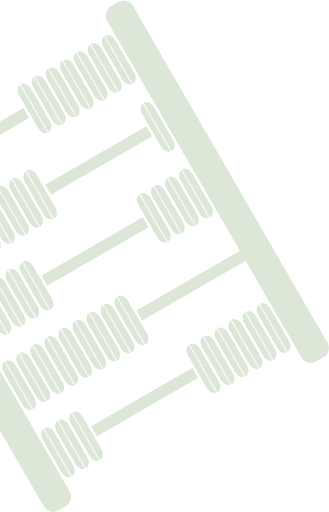What School Resources Are Available to Support Mathematics Learning?
Some school resources are specific to mathematics, but many are general
resources that improve learning opportunities across the curriculum.
All the available resources can work together to support mathematics
learning and instruction. TIMSS collected data on a range of school
resources, including those of a general nature such as buildings and
infrastructure, as well as equipment and materials specifically related
to mathematics learning.
To measure the extent of school resources in each participating entity,
TIMSS created an index of availability of school resources for mathematics
instruction (ASRMI). As described in Exhibit
7.2, the index is based on schools’ average response to five
questions about shortages that affect their general capacity to provide
instruction and five questions about shortages that affect mathematics
instruction in particular. Students were placed in the high category
if principals reported that shortages, both general and for mathematics
in particular, had no or little effect on instructional capacity.
The medium level indicates that one type of shortage affects instruction
some or a lot, and the low level that both shortages affect it some
or a lot.
Schools in the United States appear to be fairly well-resourced in
comparison with the TIMSS 1999 countries. Across the United States
as a whole, 37 percent of students were in schools reporting that
resource shortages had little effect on instruction, compared with
19 percent on average internationally. Of the reference countries,
only Belgium (Flemish), Singapore, the Czech Republic, and the Netherlands
reported higher percentages in this category. Across the Benchmarking
participants, reports varied widely. In the Academy School District,
the First in the World Consortium, and Naperville, more than 75 percent
of students were in well-resourced schools, whereas in North Carolina
and Oregon 17 percent or less were in such schools.
In many of the Benchmarking jurisdictions and TIMSS 1999 countries,
students in schools in the high category had higher average mathematics
achievement than those in the low category. For example, in the United
States 37 percent of the students were in the high category with an
average mathematics achievement of 516, compared with four percent
in the low category with an average of 480. However, the relationship
between a country’s average mathematics achievement and availability
of instructional resources is complex. For example, in some countries
that performed significantly above the international average, including
Korea, Chinese Taipei, and the Russian Federation, few students (six
percent or less) were in schools with high availability of resources
for mathematics instruction. In contrast, in other high-performing
countries such as Belgium (Flemish) and the Netherlands, no students
were in schools with low availability of resources.
Exhibit
R4.1 in the reference section shows the results for each of the
types of facilities and materials summarized in the general capacity
part of the index. There was substantial variation across countries,
but internationally on average, nearly half the students were in schools
where mathematics instruction was negatively affected by shortages
or in-adequacies in instructional materials, the budget for supplies,
school buildings, and instructional space. Generally, the Benchmarking
participants reported fewer students in schools where mathematics
instruction was negatively affected by resource shortages, but again
the situation varied widely across jurisdictions. Shortage of instructional
space was a problem in Oregon, the Fremont/Lincoln/Westside Public
Schools, Jersey City, Miami-Dade, and Montgomery County, where more
than half of the eighth-grade students were affected. Inadequate school
buildings or grounds were also a problem in Miami-Dade, and Oregon
had more than half its students in schools that reported shortages
of instructional materials and budget for supplies.
Exhibit
R4.2, also in the reference section, shows the results for each
of the types of equipment and materials summarized in the mathematics
instructional capacity part of the index. More than half the students,
on average across all the TIMSS 1999 countries, were in schools where
shortages or inadequacies in computers and computer software affected
the capacity to provide mathematics instruction. Although the Benchmarking
entities generally reported fewer students affected by such shortages,
Idaho, Missouri, North Carolina, and the Delaware Science Coalition
had a majority of their students affected by shortages of both computers
and computer software, and many other jurisdictions came close. No
participants reported a majority of students affected by shortages
in calculators or library materials, and only Chicago had a majority
affected by shortages in audio-visual resources.
Exhibits R4.3
and R4.4
in the reference section present more data on access to computers
and the Internet for instructional purposes. Benchmarking participants
appear to be relatively well equipped with computers, compared with
countries internationally, as almost all students were in schools
with fewer than 15 students per computer. Internet access was also
widespread across Benchmarking entities. In all states except Indiana,
Missouri, and Pennsylvania, more than 90 percent of students were
in schools with Internet access. School districts with relatively
low levels of Internet access were those in Rochester (69 percent)
and Chicago (just 44 percent).


